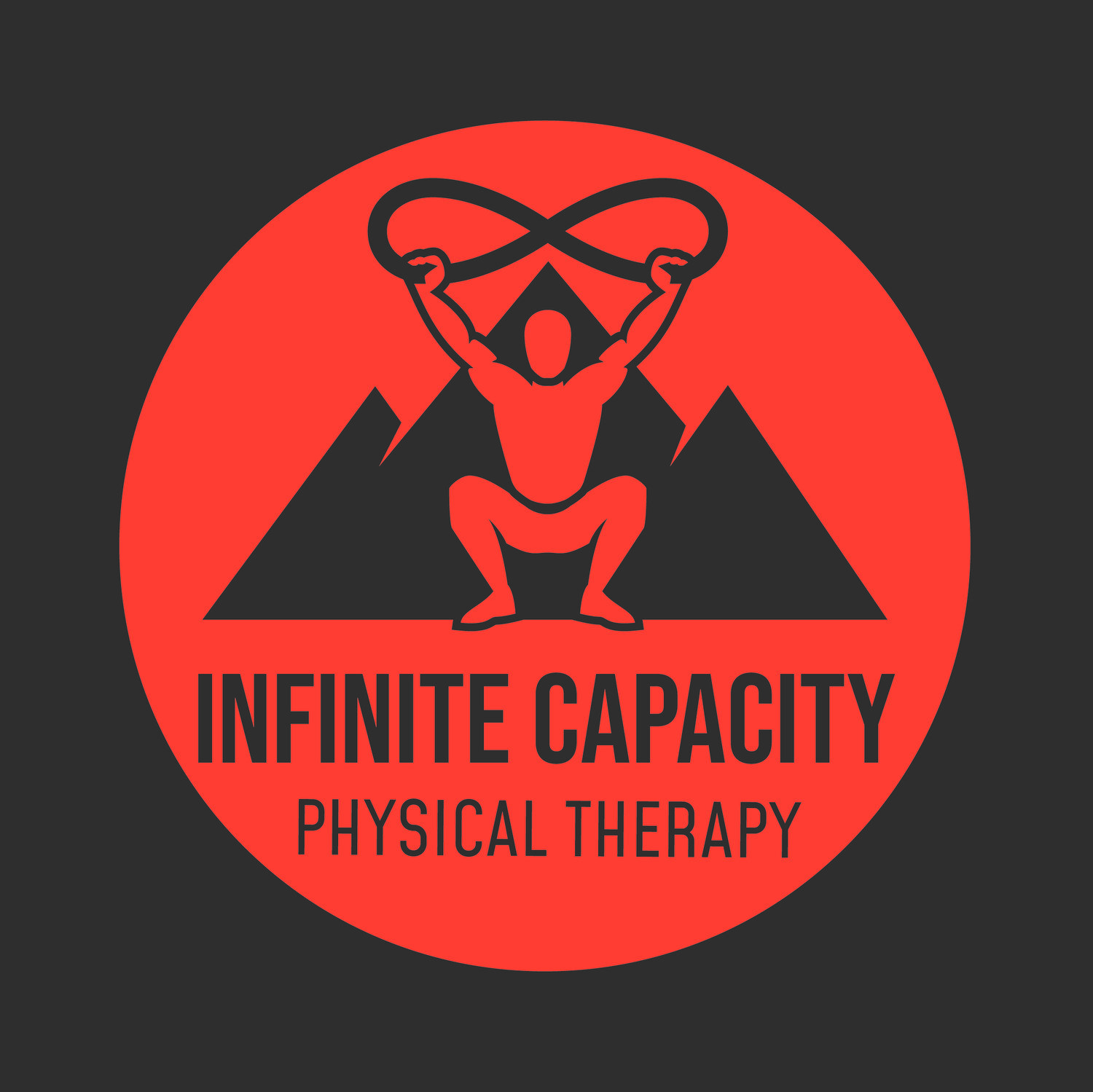Post-Training Recovery: Part 1- What It Is and Why It's Important
Recovery Defined…
Recovery is a term which encompasses a broad spectrum of techniques used to combat the effects of exercise induced fatigue. Muscular fatigue resulting from exercise is defined as “a reversible loss of muscle force (muscle contractility) during work over time”. This loss of muscle force can last from a few minutes to several days depending on the intensity of the exercise (1).
Recovery can be broken down into short to mid-term (aka acute) recovery, and long-term (aka training or chronic) recovery. While timeframes for these categories are variable, examples may include: short-term recovery of up to several minutes between sets or intervals, mid-term recovery of up to several hours between workouts or events, and long-term training recovery of up to several days between training sessions (1,2,3). Acute recovery can be summarized as occurring immediately after exercise or training. This consists of returning the cardiovascular system back to the resting state, clearing biochemical by-products, and an elevated anabolic metabolic window (3,4). Chronic recovery is seen as the time it takes to return physical performance back to pre-training levels (3).
While most of the literature addresses the physical aspects of recovery, there are also psychological, emotional, and mental factors which play a role in an individual’s ability to recover from training which also need to be considered (3).
Why it is Important…
Recovery is an essential concept of training. With adequate recovery efforts and techniques, individuals can achieve positive training effects (middle example in the figure below), but with inadequate recovery a decline in fitness may result (top example in the figure below), and if recovery is too long, performance can remain stagnant (bottom example in the figure below) (6).
Figure from: Zatsiorsky and Kraemer (6)
As a result, a large variety of recovery methods have been integrated into training routines of both recreational and elite athletes in attempts to appropriately recover faster, train harder, and perform better (1,5).
Over the next few blog posts, I will summarize some of the more popular recovery methods. This will include evidence-based parameters for incorporating these methods into your recovery routine, which will be based on how much time you have to recover between training sessions/competition.
References
(1) Mika, A., et al., Comparison of Two Different Modes of Active Recovery on Muscles Performance after Fatiguing Exercise in Mountain Canoeist and Football Players. PLOS ONE, 2016; 1-14. doi: 10.1371/journal.pone.0164216
(2) Kellmann, M., et al., Recovery and Performance in Sport: Consensus Statement. International Journal of Sports Physiology and Performance, 2018; 13: 240-245. doi: 10.1123/ijspp.2017-0759
(3) Borges, N., et al., Age-Related Changes in Performance and Recovery Kinetics in Masters Athletes: A Narrative Review. Journal of Aging and Physical Activity, 2016; 24: 149-157. doi: 10.1123/japa.2015-0021
(4) Schoenfeld, B. and Aragon, A.A., Is There a Postworkout Anabolic Window of Opportunity for Nutrient Consumption? Clearing up Controversies. Journal of Orthopaedic & Sports Physical Therapy, 2018; 48(12): 911-914. doi: 10.2519/jospt.2018.0615
(5) Brown, F., et al., Compression Garments and Recovery from Exercise: A Meta-Analysis. Sports Med, 2017; 47: 2245-2267. doi: 10.1007/s40279-017-0728-9
(6) Zatsiorsky, V.M. and Kraemer, W.J., Science and Practice of Strength Training: Second Edition. 2006, Human Kinetics.


